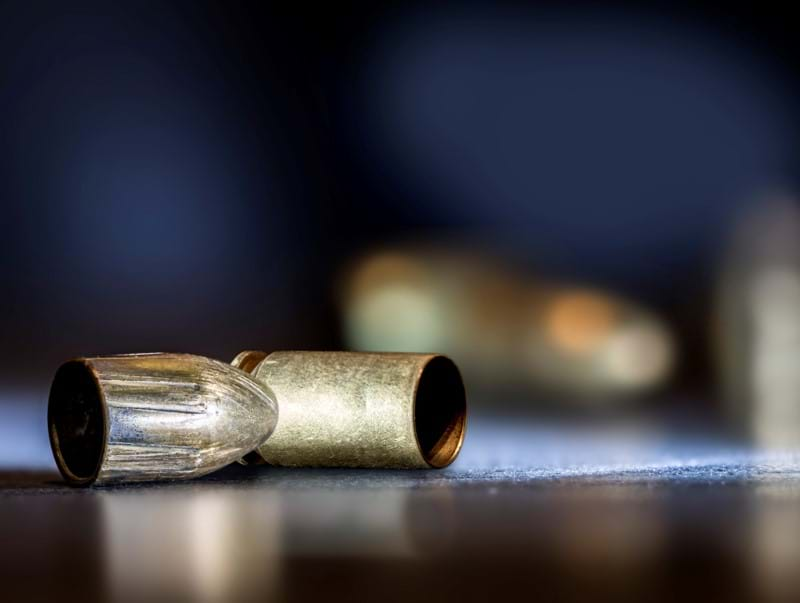When planning the integration of IBIS® into your policing of a city, state/province and/or country, the list of possible approaches can seem endless. Creating a high-hit IBIS database, however, doesn’t have to be a daunting task. The purpose of this article is to take a closer look at a few of the key elements that outline a proven plan to attain the maximum level of effectiveness within the shortest amount of time.
Prioritize Your High-Crime Areas
Within the area of influence (AOI) of your law enforcement agency, some regions or districts will have higher levels of firearm violence than others. Focusing your IBIS data entry on crimes within these regions will yield the highest probability of finding hits and linking crimes. If your AOI covers a large area (state/province or national), communicating with your crime intelligence groups will provide valuable information regarding which specific regions should be prioritized on a city-by-city basis.
Prioritize Today’s Crimes
Just as important as “Where should we begin?” is the question, “When should we begin?” The answer: there is no better time to begin than today, because populating your IBIS Database and creating hits for today’s crimes will have an immediate effect on today’s crime rates. In terms of acquiring exhibits, some IBIS sites have taken the approach of going back a specific amount of time, for example, five years, and then work their way forward to the present. The problems with this scenario are that:
- Creating a hit between two five-year-old crimes is of limited use to an investigator, and
- The backlog to get to “today’s shootings” tends to always stay several years out of reach.
There is definitely value in adding the content of your laboratory’s open case file exhibits to IBIS, as it can eventually create new leads for previously unsolved crimes. However, to realize the biggest positive impact on firearm violence occurring today within your AOI, today’s gun crime exhibits should go into IBIS first.
Prioritize Your Calibers
While the ultimate goal should be to enter exhibits of all calibers into IBIS, you should always prioritize your exhibit acquisitions by the calibers that are most relevant to the violent crimes within your AOI. It should not be difficult for the laboratory to screen the last years’ worth of bullets and cartridge cases and identify the core three or four calibers that repeatedly appear in gang and drug-related shootings, which are typically the most violent crimes.
Working these calibers into your IBIS Database first will ensure that you are concentrating on the data that is most relevant to the criminal activity within your AOI.
Prioritize Your Crime Exhibits
When building your IBIS Database with bullet and cartridge case acquisitions, it is important to maintain a balance between your crime evidence and your test-fired exhibits (also known as “test fires”). In terms of IBIS, crime evidence includes the bullets and cartridge cases that are recovered from the crime scene, the hospital, or the morgue, and represents exhibits from a firearm that is still out in the public and can be used again. Test fires, on the other hand,are generated in the laboratory from firearms that have been seized or recovered from the public and are often never going to be released back to the public. Test fires are often easier to acquire into IBIS because they are generated in a controlled environment—this is especially true for bullets. However, because each test fire is from a specific firearm, focusing too much data entry time on test fires will result in a database that is going to lead to fewer hits to recent crimes.
It is extremely important to ensure that the crime evidence exhibits are acquired into IBIS regularly because it is to crime evidence that hits and links will be generated. When acquiring crime evidence, it is also worthwhile to consider the nature of the crimes themselves, and prioritize the entry of the crime evidence into IBIS based on the crime’s severity. For example, murders and assaults should be prioritized ahead of the exhibits recovered from a suicide. The first two crimes represent an ongoing story, while the last one is less likely to lead to connected crimes.
Consider Your Test Fire Ammunition
Your laboratory will have ammunition in-house to use when test fires are required. When choosing your ammunition, it is of extreme importance to select a brand that does not have pre-marked primers on the cartridge. When producing a test fire, you have control over the creation of exhibits that you never have with crime evidence.
If you test fire your firearms with ammunition that has pre-marked primers, you are needlessly introducing noise into the IBIS-acquired regions of your cartridge cases. This can lead to missed hits within your IBIS Database—so please take the time to select a brand that will not have this negative impact.
Reevaluate Periodically
By considering all the points above, you will have a very clear snapshot of where and how to focus your IBIS resources. In order to ensure that you are always prioritizing the most relevant data, it is in your best interest to reevaluate the parameters above on a regular basis, typically annually. Doing so will enable you to recognize when changes should be made to your scope of focus, which could lead to you adding or removing a high-crime region or caliber.
While entering all exhibits into IBIS is a noble goal, limitations such as budgets, man power, and even the number of hours in a day, mean that you must work intelligently with the resources you have. Establishing a workflow based on the best practices above will give you the best and fastest roadmap to creating a “high-hit” IBIS Database that will have a positive impact on firearm crime in your area.
Want to learn more about how IBIS can be an integral part of your regional crime gun strategy? Request a demo today for a personalized walkthrough of the IBIS solution.






